The heart of innovation - ‘Ideation’
The heart of innovation - ‘Ideation’
The heart of innovation - ‘Ideation’
Sunny Haladker
Co-founder
Co-founder
5 Min ago
5 Min ago
12 Aug 2024
12 Aug 2024
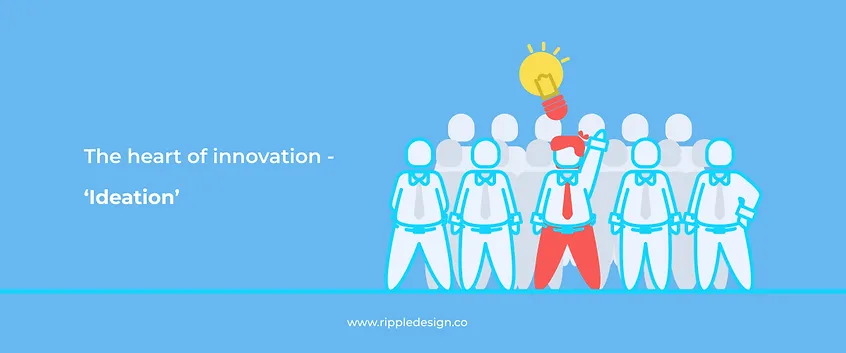



The ideate stage of design thinking, as the name suggests is about generating ideas for problems we are trying to solve. Design thinking is a 5-step process, starting with the empathy stage, where we collect quantitative data and process it to understand what we are trying to solve. It is followed by the define stage where we question the problem statement we have arrived at, digging deeper into it and using multiple tools, to ensure we are spending our resources on the right problem statement. The define stage is followed by the ideation stage where we start looking for possible ideas or solutions to solve the problem. We then move on to the prototyping stage followed by the testing stage.
What is this really about?
It is the part of the process where we try to come up with all possible ideas or solutions to the problem. A lot of designers believe it is the most exciting stage of design thinking. The aim is to come up with as many ideas possible and then filter it down to the most practical and innovative ones that can inspire fresh design solutions or products. Ideation sessions make you challenge assumptions, explore uncharted territory and think outside the box.
It is all about generating ideas in quantity with diversity. In this stage we use multiple tools to come up with as many ideas or solutions as possible, without any hesitation. It is all about quantity, not quality. The quality can be determined later. Getting as many ideas out in the beginning is a critical part. Any idea could potentially be the best ideas, inspire a better idea or improve an existing idea. In the end, some of them will end up in a reject pile. But it is very important to let the ideation phase be a judgement-free zone. We also need to try to focus on novelty over relevance. Relevance is something people do very well, but getting the novel ideas is important.
How does this add value?
The ideation sessions are where innovation thrives and we can find ground breaking solutions! It is a safe space that sends them outside their comfort zone. It is important that we venture beyond the obvious solutions. These sessions bring forward the teams strengths and weaknesses, the ideas from our heads to action while uncovering unexpected areas of innovation.
“You ideate in order to transition from identifying problems to creating solutions for your users. Ideation is your chance to combine the understanding you have of the problem space and people you are designing for with your imagination to generate solution concepts. Particularly early in a design project, ideation is about pushing for a widest possible range of ideas from which you can select, not simply finding a single, best solution.” – d. School, An Introduction to Design Thinking PROCESS GUIDE
Tips for running successful ideation sessions
Decide a time for how long the session will go on for before hand, to increase intensity and creativity and make sure the session doesn’t drag for too long.
Steer clear of judgement and ensure every member is able to freely share all their ideas.
Initially look for quantity over quality. It can be filtered out later.
Let it be a clutter. Do not organize everything yet.
Mix up and share everyone's ideas with each other openly.
Make sure there is a diverse group of people from different thought processes.
Have a moderator who can make sure the session is going smoothly.
Be visual. Use as many colors, images, drawings etc as possible to increase the space to think in.
Make sure you are in a space that helps your thoughts flow freely.
Tools to run an ideation session
Brainstorm is a creative technique done individually or by a group of people to find solutions or ideas for a problem they are trying to solve.
Braindump is an activity where you dump all your thoughts from your head to another environment, like a paper, white board, your journal, a digital space etc. Dumping all your thoughts onto another environment helps you clear your mind and start thinking straight.
Brainwriting, also called the 6-3-5 method, is very similar to brainstorming. In this method everybody sits down, writes 3 ideas within 5 minutes on a paper. They then pass it to their next person to develop it further.
Brainwalking is done when first people write down their thoughts as done in a brainwriting session and passes it onto the next person, who keeps adding to the idea.
SCAMPER stands for
Substitute - if you can substitute an existing part for a more efficient alternative
Combine - mixing up existing ideas for
Adapt - Can an existing idea be modified to fit this solution?
Modify the existing solutions
Put to another use - Can the solution/idea be useful elsewhere?
Eliminate - is the solution as streamlined as possible?
Reverse - Can this solution be thought about in the complete opposite way?
Mindmap is a method where you put down all your thoughts in an organic flow, non linear way.
Sketch or Sketch Storm is where you put your ideas down in a visual form and let more ideas flow from there. It can be in the form of doodles or more detailed drawings.
Storyboard is when you take an idea into a linear storyline to test how viable it is, as is done in a comic. Certain actions happening in a sequence, once after another.
Analogy thinking is when you take an existing solution and rethink or rephrase it in a way it could work better. Bodystorm is imagining the idea is physically present in the place it is supposed to be and imagine going through it from different perspectives.
Co-Creation Workshops are sessions where you have everybody from the designer to the client and go through all the ideas and thoughts and find viable ideas that work with everyone.
Prototype is creating a small beta version of the solution and testing if it actually works and collecting all relevant data about it.
In Conclusion
Ideation is considered the most fun and innovative phase of the whole design thinking process. It needs to be a judgement free zone where designers come together and look for solutions for the problem statement in every way and as many ideas as possible, and then narrow it down to the most practical and viable solutions. In this phase of the process, the spirits are really high and it is an extremely creative step of the process.
The ideate stage of design thinking, as the name suggests is about generating ideas for problems we are trying to solve. Design thinking is a 5-step process, starting with the empathy stage, where we collect quantitative data and process it to understand what we are trying to solve. It is followed by the define stage where we question the problem statement we have arrived at, digging deeper into it and using multiple tools, to ensure we are spending our resources on the right problem statement. The define stage is followed by the ideation stage where we start looking for possible ideas or solutions to solve the problem. We then move on to the prototyping stage followed by the testing stage.
What is this really about?
It is the part of the process where we try to come up with all possible ideas or solutions to the problem. A lot of designers believe it is the most exciting stage of design thinking. The aim is to come up with as many ideas possible and then filter it down to the most practical and innovative ones that can inspire fresh design solutions or products. Ideation sessions make you challenge assumptions, explore uncharted territory and think outside the box.
It is all about generating ideas in quantity with diversity. In this stage we use multiple tools to come up with as many ideas or solutions as possible, without any hesitation. It is all about quantity, not quality. The quality can be determined later. Getting as many ideas out in the beginning is a critical part. Any idea could potentially be the best ideas, inspire a better idea or improve an existing idea. In the end, some of them will end up in a reject pile. But it is very important to let the ideation phase be a judgement-free zone. We also need to try to focus on novelty over relevance. Relevance is something people do very well, but getting the novel ideas is important.
How does this add value?
The ideation sessions are where innovation thrives and we can find ground breaking solutions! It is a safe space that sends them outside their comfort zone. It is important that we venture beyond the obvious solutions. These sessions bring forward the teams strengths and weaknesses, the ideas from our heads to action while uncovering unexpected areas of innovation.
“You ideate in order to transition from identifying problems to creating solutions for your users. Ideation is your chance to combine the understanding you have of the problem space and people you are designing for with your imagination to generate solution concepts. Particularly early in a design project, ideation is about pushing for a widest possible range of ideas from which you can select, not simply finding a single, best solution.” – d. School, An Introduction to Design Thinking PROCESS GUIDE
Tips for running successful ideation sessions
Decide a time for how long the session will go on for before hand, to increase intensity and creativity and make sure the session doesn’t drag for too long.
Steer clear of judgement and ensure every member is able to freely share all their ideas.
Initially look for quantity over quality. It can be filtered out later.
Let it be a clutter. Do not organize everything yet.
Mix up and share everyone's ideas with each other openly.
Make sure there is a diverse group of people from different thought processes.
Have a moderator who can make sure the session is going smoothly.
Be visual. Use as many colors, images, drawings etc as possible to increase the space to think in.
Make sure you are in a space that helps your thoughts flow freely.
Tools to run an ideation session
Brainstorm is a creative technique done individually or by a group of people to find solutions or ideas for a problem they are trying to solve.
Braindump is an activity where you dump all your thoughts from your head to another environment, like a paper, white board, your journal, a digital space etc. Dumping all your thoughts onto another environment helps you clear your mind and start thinking straight.
Brainwriting, also called the 6-3-5 method, is very similar to brainstorming. In this method everybody sits down, writes 3 ideas within 5 minutes on a paper. They then pass it to their next person to develop it further.
Brainwalking is done when first people write down their thoughts as done in a brainwriting session and passes it onto the next person, who keeps adding to the idea.
SCAMPER stands for
Substitute - if you can substitute an existing part for a more efficient alternative
Combine - mixing up existing ideas for
Adapt - Can an existing idea be modified to fit this solution?
Modify the existing solutions
Put to another use - Can the solution/idea be useful elsewhere?
Eliminate - is the solution as streamlined as possible?
Reverse - Can this solution be thought about in the complete opposite way?
Mindmap is a method where you put down all your thoughts in an organic flow, non linear way.
Sketch or Sketch Storm is where you put your ideas down in a visual form and let more ideas flow from there. It can be in the form of doodles or more detailed drawings.
Storyboard is when you take an idea into a linear storyline to test how viable it is, as is done in a comic. Certain actions happening in a sequence, once after another.
Analogy thinking is when you take an existing solution and rethink or rephrase it in a way it could work better. Bodystorm is imagining the idea is physically present in the place it is supposed to be and imagine going through it from different perspectives.
Co-Creation Workshops are sessions where you have everybody from the designer to the client and go through all the ideas and thoughts and find viable ideas that work with everyone.
Prototype is creating a small beta version of the solution and testing if it actually works and collecting all relevant data about it.
In Conclusion
Ideation is considered the most fun and innovative phase of the whole design thinking process. It needs to be a judgement free zone where designers come together and look for solutions for the problem statement in every way and as many ideas as possible, and then narrow it down to the most practical and viable solutions. In this phase of the process, the spirits are really high and it is an extremely creative step of the process.


More Blogs
More Blogs
More Blogs
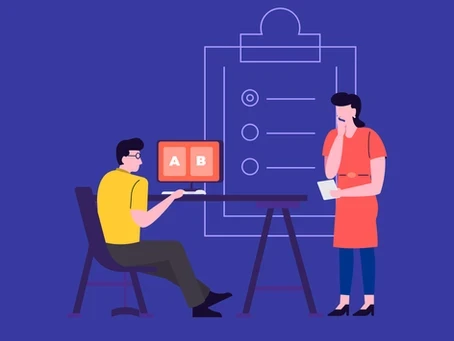
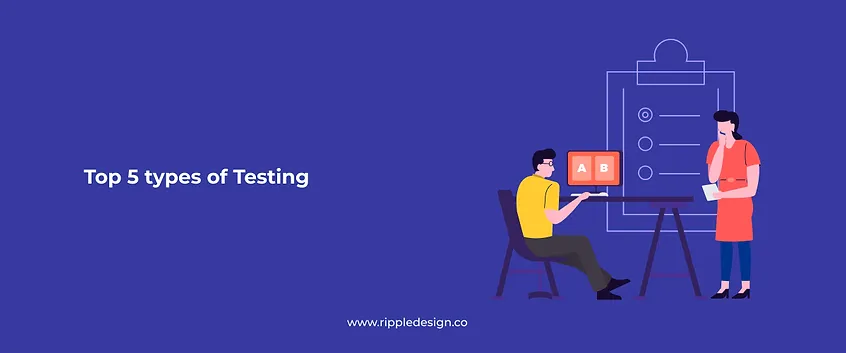
12 Aug 2024
•
5 Min ago
Top 5 types of testing
What are some of the most common user testing methods used in Design Thinking? So what methods can you use to test your prototypes?
Sunny Haladker
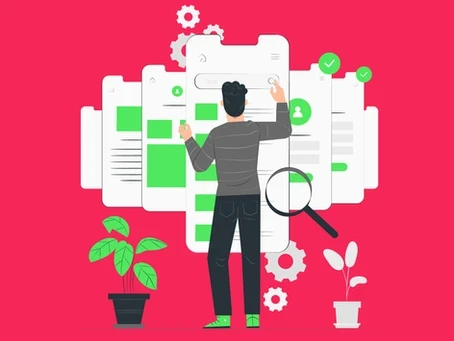
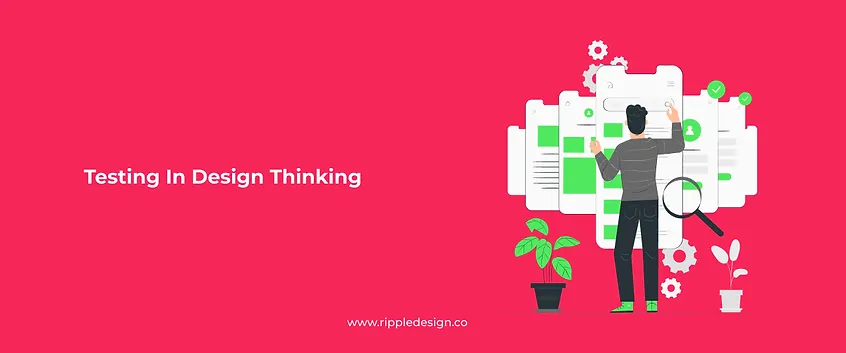
12 Aug 2024
•
5 Min ago
Testing in Design Thinking
The five stages of Design Thinking — Empathize, Define, Ideate, Prototype and Test — are not meant to be sequential steps to be taken as...
Sunny Haladker
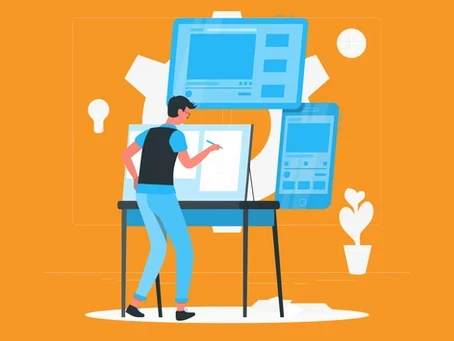
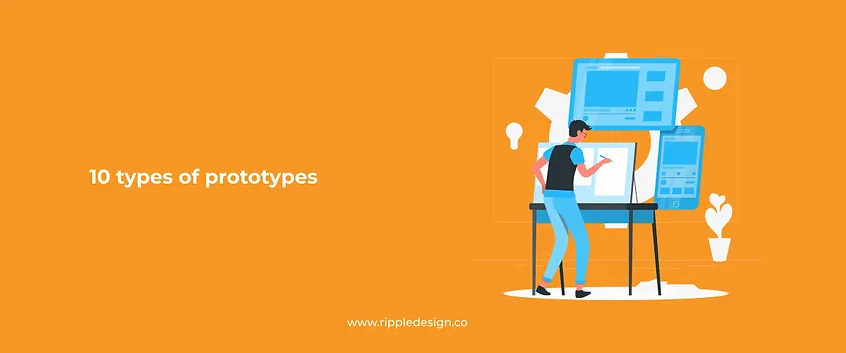
12 Aug 2024
•
5 Min ago
10 types of prototypes
In the prototyping stage of design thinking, we try to explore the problem we have identified and ideated on. We create a sample to test...
Sunny Haladker


12 Aug 2024
•
5 Min ago
Top 5 types of testing
What are some of the most common user testing methods used in Design Thinking? So what methods can you use to test your prototypes?
Sunny Haladker


12 Aug 2024
•
5 Min ago
Testing in Design Thinking
The five stages of Design Thinking — Empathize, Define, Ideate, Prototype and Test — are not meant to be sequential steps to be taken as...
Sunny Haladker


12 Aug 2024
•
5 Min ago
10 types of prototypes
In the prototyping stage of design thinking, we try to explore the problem we have identified and ideated on. We create a sample to test...
Sunny Haladker




12 Aug 2024
•
5 Min ago
Top 5 types of testing
Top 5 types of testing
What are some of the most common user testing methods used in Design Thinking? So what methods can you use to test your prototypes?
Sunny Haladker




12 Aug 2024
•
5 Min ago
Testing in Design Thinking
Testing in Design Thinking
The five stages of Design Thinking — Empathize, Define, Ideate, Prototype and Test — are not meant to be sequential steps to be taken as...
Sunny Haladker




12 Aug 2024
•
5 Min ago
10 types of prototypes
10 types of prototypes
In the prototyping stage of design thinking, we try to explore the problem we have identified and ideated on. We create a sample to test...
Sunny Haladker


12 Aug 2024
•
5 Min ago
Top 5 types of testing
What are some of the most common user testing methods used in Design Thinking? So what methods can you use to test your prototypes?
Sunny Haladker


12 Aug 2024
•
5 Min ago
Testing in Design Thinking
The five stages of Design Thinking — Empathize, Define, Ideate, Prototype and Test — are not meant to be sequential steps to be taken as...
Sunny Haladker


12 Aug 2024
•
5 Min ago
10 types of prototypes
In the prototyping stage of design thinking, we try to explore the problem we have identified and ideated on. We create a sample to test...
Sunny Haladker
More Blogs




12 Aug 2024
•
5 Min ago
Top 5 types of testing
What are some of the most common user testing methods used in Design Thinking? So what methods can you use to test your prototypes?
Sunny Haladker




12 Aug 2024
•
5 Min ago
Testing in Design Thinking
The five stages of Design Thinking — Empathize, Define, Ideate, Prototype and Test — are not meant to be sequential steps to be taken as...
Sunny Haladker




12 Aug 2024
•
5 Min ago
10 types of prototypes
In the prototyping stage of design thinking, we try to explore the problem we have identified and ideated on. We create a sample to test...
Sunny Haladker